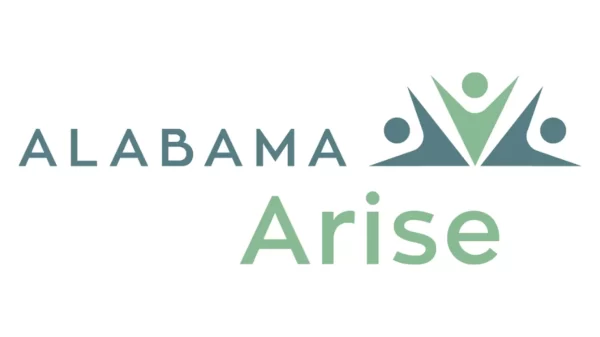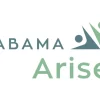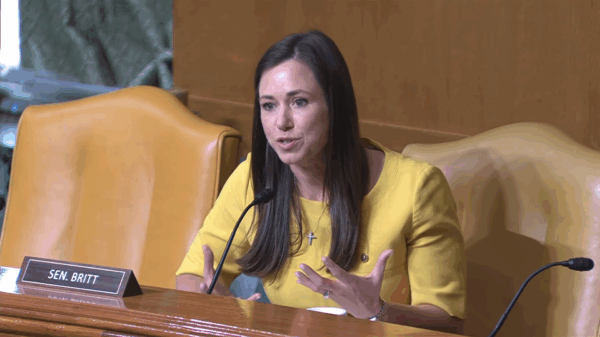The NFIB Optimism Index fell 0.1 points in May to 93.1, marking the fifth consecutive month below the 48-year average of 98. Owners expecting better business conditions over the next six months decreased four points to a net negative 54 percent, the lowest level recorded in the 48-year-old survey. Expectations for better business conditions have deteriorated every month since January.
Twenty-eight percent of owners reported inflation was their single most important problem in operating their business, a decrease of four points from April. The net percent of owners raising average selling prices increased two points to a net 72 percent (seasonally adjusted), back to the highest reading in the 48-year-history of the survey last reached in March and 32 points higher than May 2021.
“Inflation continues to outpace compensation which has reduced real incomes across the nation,” said NFIB Chief Economist Bill Dunkelberg. “Small business owners remain very pessimistic about the second half of the year as supply chain disruptions, inflation, and the labor shortage are not easing.”
State-specific data is unavailable, but NFIB State Director Rosemary Elebash said labor remains a critical issue for small businesses in Alabama. “Unemployment has fallen to 2.8 percent, its lowest level in state history, but our small business members say they still can’t find enough people to work. Employers are willing to train people, but they say no one’s applying, and since they don’t have enough people to work, they’re still having to reduce hours and limit the services they provide.”
Other key findings of the national survey include:
- Fifty-one percent of owners reported job openings that could not be filled, up four points from April.
- The net percent of owners who expect real sales to be higher decreased three points from April to a net negative 15 percent.
- A net 46 percent (seasonally adjusted) of owners reported raising compensation, down three points from April with a net 25 percent planning to raise compensation in the next three months, down two points from April but historically high.
- Thirty-nine percent of owners report that supply chain disruptions have had a significant impact on their business, up three points. Another 31 percent report a moderate impact and 22 percent report a mild impact. Only 8 percent of owners report no impact from the recent supply chain disruptions.
As reported in NFIB’s monthly jobs report, the labor markets are tight as 51 percent (seasonally adjusted) of all owners reported job openings they could not fill in the current period. Ninety-two percent of those hiring or trying to hire reported few or no qualified applicants for the positions they were trying to fill. Twelve percent of owners cited labor costs as their top business problem. Twenty-three percent said that labor quality was their top business problem, behind inflation.
Unadjusted, 3 percent of owners reported lower average selling prices and 71 percent reported higher average selling prices. Price hikes were the most frequent in wholesale (80 percent higher, 4 percent lower), manufacturing (79 percent higher, 1 percent lower), retail trades (78 percent higher, 2 percent lower), and construction (77 percent higher, 2 percent lower).
Fifty-three percent of owners reported capital outlays in the last six months, down one point from April. Of those owners making expenditures, 36 percent reported spending on new equipment, 21 percent acquired vehicles, and 15 percent improved or expanded facilities. Six percent of owners acquired new buildings or land for expansion and 12 percent spent money for new fixtures and furniture. Twenty-five percent of owners plan capital outlays in the next few months, down two points from April.
One percent of owners (seasonally adjusted) reported higher nominal sales in the past three months, down two points from April. The net percent of owners expecting higher real sales volumes decreased three points to a net negative 15 percent.
The net percent of owners reporting inventory increases fell five points to a net negative 1 percent. Seventeen percent of owners reported increases in stocks while 15 percent reported reductions as solid sales reduced inventories at many firms. A net 8 percent of owners viewed current inventory stocks as “too low” in May, up two points from April. A net 1 percent of owners plan inventory investment in the coming months.
The frequency of reports of positive profit trends was a net negative 24 percent, down seven points from April. Among the owners reporting lower profits, 34 percent blamed the rise in the cost of materials, 25 percent blamed weaker sales, 10 percent cited labor costs, 9 percent cited the usual seasonal change, 8 percent cited lower prices, and 3 percent cited higher taxes or regulatory costs. For owners reporting higher profits, 49 percent credited sales volumes, 18 percent cited higher prices, and 16 percent cited usual seasonal change.
Two percent of owners reported that all their borrowing needs were not satisfied. Twenty-two percent reported all credit needs met and 65 percent said they were not interested in a loan. A net 4 percent reported their last loan was harder to get than in previous attempts. One percent of owners reported that financing was their top business problem. A net 14 percent of owners reported paying a higher rate on their most recent loan, down two points from April.




















































